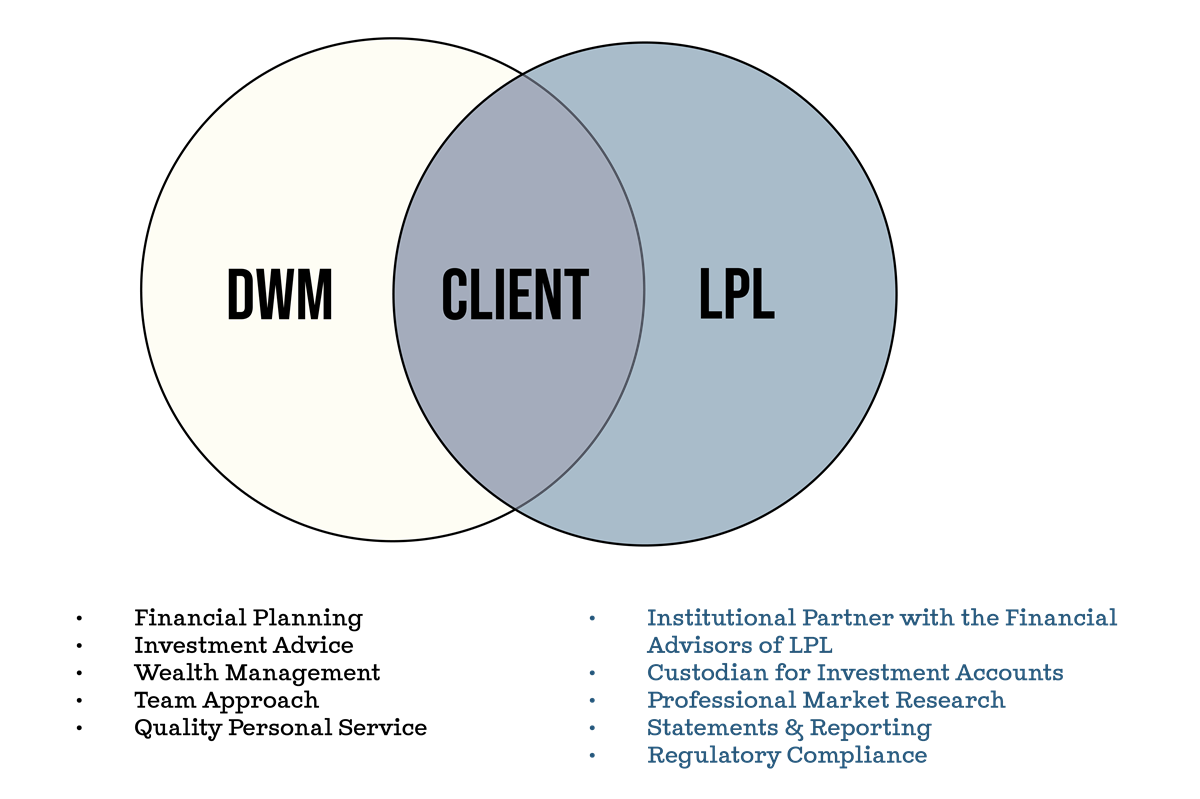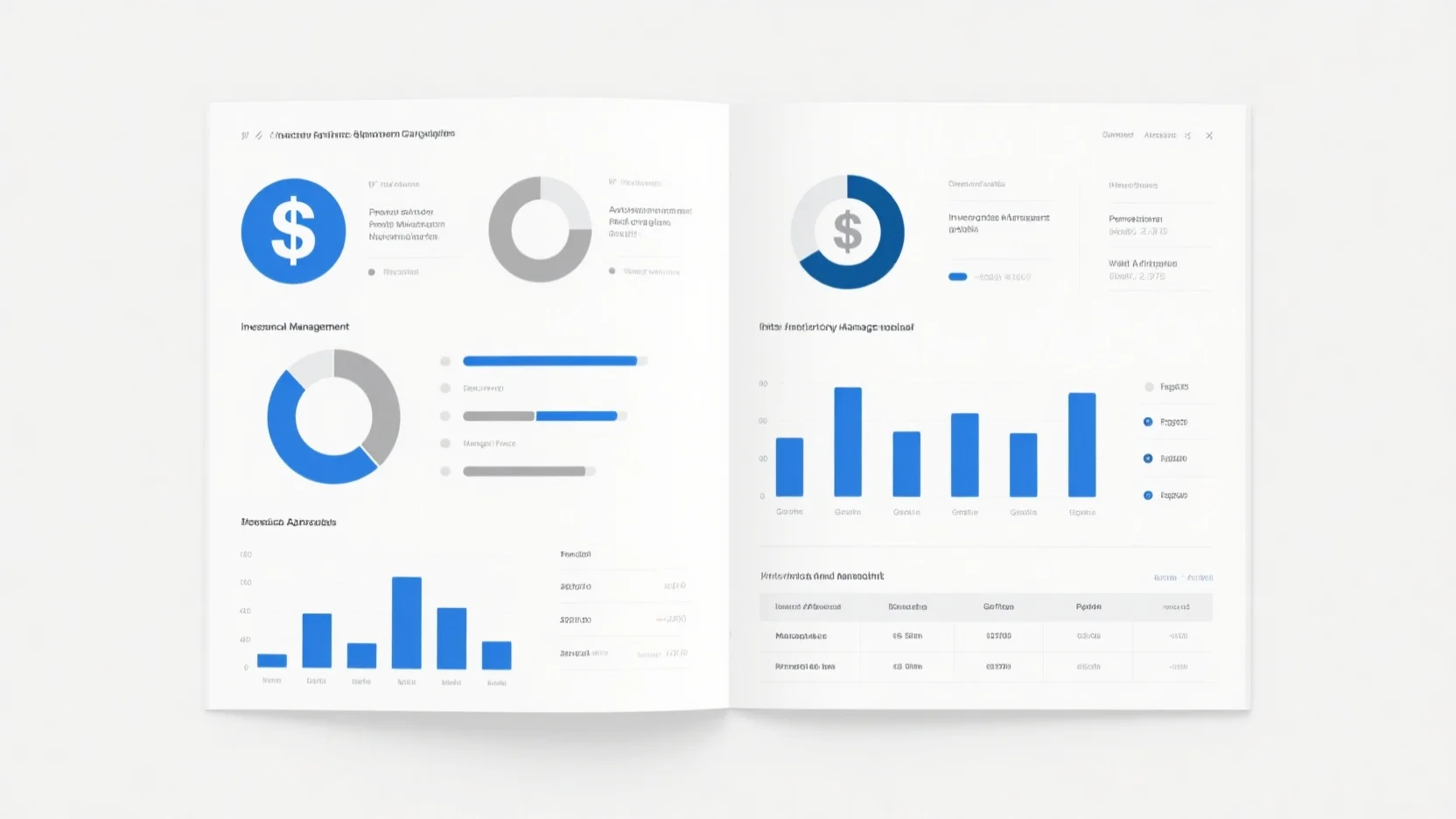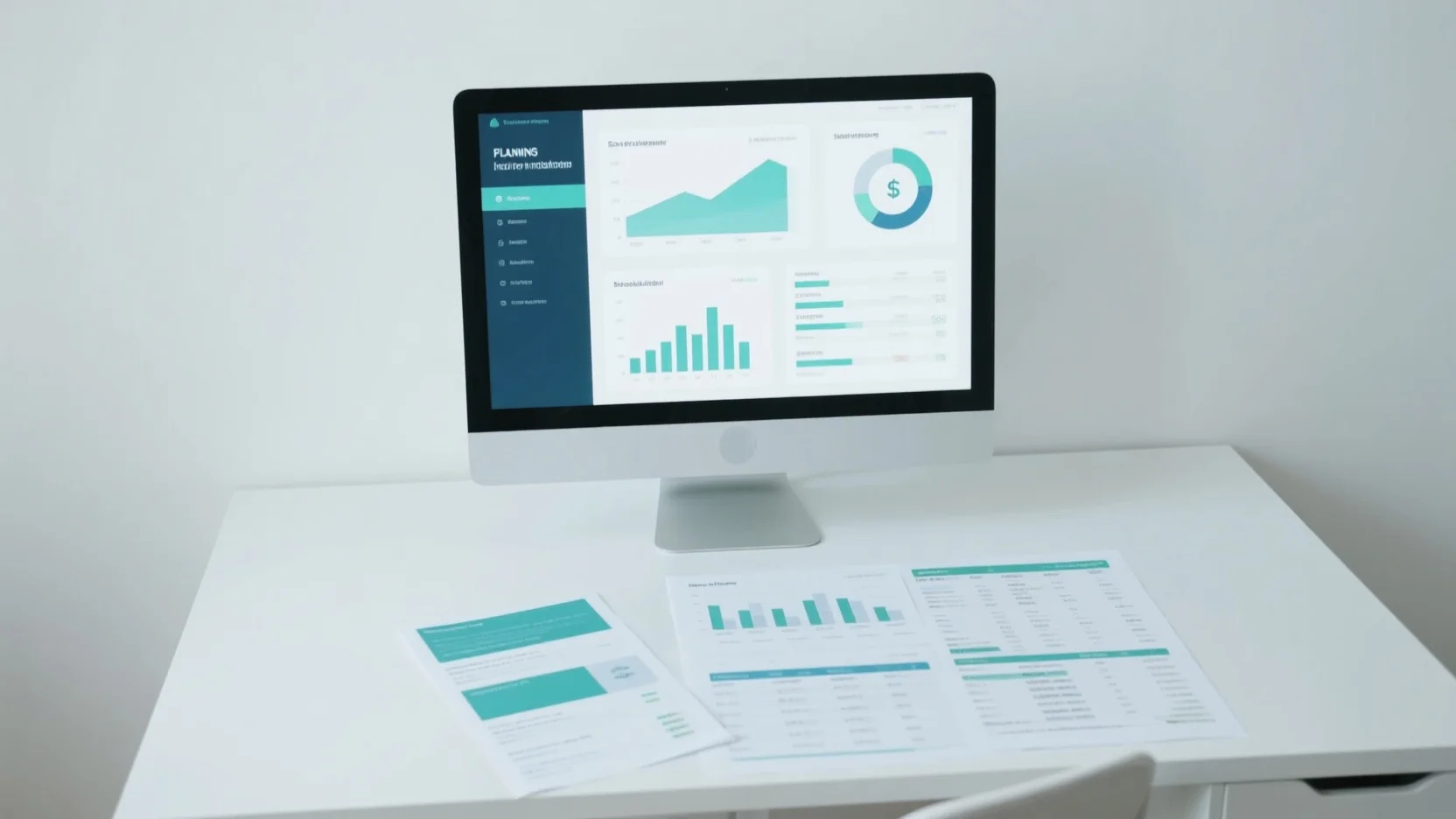
Are you ready to take control of your finances in 2025? This buying guide offers top – notch personal finance strategies and investment portfolio management insights. According to a SEMrush 2023 Study, over the last 10 years, the difference between top and bottom – performing sectors in the S&P 500 averaged over 45% per year, underscoring the need for informed investments. A CNBC 2023 Report also shows that 60% of Americans live paycheck – to – paycheck, highlighting the importance of good money management. With a Best Price Guarantee and Free Installation Included for financial advice in select local areas, don’t miss out on maximizing your wealth. Compare premium financial plans with counterfeit advice and secure your future now!
Investment Portfolio Management
Investment portfolio management is crucial for achieving long – term financial goals. Over the last 10 years, the average difference between the best performing and worst performing sectors in the S&P 500 has been over 45% per year (SEMrush 2023 Study). This statistic highlights the importance of making informed sector – based investment decisions.
Recommended Sectors for 2025
Technology and Renewable Energy
The technology sector is showing significant potential in 2025. As of February 11, 2025, the Tech industry was up 4.0% in the last week, with NVIDIA up 14%, and in the last 12 months, it was up 24%. Earnings are also forecast to grow by 18% annually (U.S. Tech Sector Analysis). For example, software companies within the tech sector, especially those involved in artificial intelligence and cloud computing, are expected to drive this growth.
Renewable energy is another promising sector. With the increasing global focus on sustainability, many countries are providing incentives for renewable energy projects. Pro Tip: Consider investing in exchange – traded funds (ETFs) that focus on renewable energy companies. This can provide exposure to the sector without having to pick individual stocks.
Real Estate
Real estate markets are entering a recovery phase. Constrained supply and stabilizing valuations are creating opportunities for selective investments. Easing interest rates are revitalizing the market, but challenges like rising costs and uneven sector performance remain. Investors are eyeing high – growth sectors like industrial, multifamily, and digital economy properties while reevaluating strategies for office assets. For instance, an investor who bought a multifamily property in an up – and – coming neighborhood a few years ago may now see significant appreciation in the value of the property.
Top – performing solutions include using real estate investment trusts (REITs) to gain exposure to the real estate market without the hassle of direct property ownership.

Sector Diversification
Asset Classes in a Diversified Portfolio
A diversified portfolio should span various asset classes. Stocks are typically chosen for growth, as they have the potential for high returns over the long term. Bonds, on the other hand, provide stability and income, making them a good choice for investors looking to balance risk. Commodities can act as a hedge against inflation, and cash offers security and liquidity.
For example, a 50 – year – old investor with a 401(k) focused on stock funds (due to limited bond options in the plan) may want to increase their bond allocation in a taxable portfolio to balance risk.
Pro Tip: Regularly review your portfolio’s asset allocation to ensure it aligns with your risk tolerance and financial goals. At least once a year, rebalance your portfolio to maintain the desired mix of assets.
Using ETFs for Portfolio Building
Exchange – traded funds (ETFs) are an excellent tool for building a diversified portfolio. Diversification via ETFs can help investors reduce risk without markedly impacting expected returns. For example, iShares Core Moderate Allocation ETF (ticker: AOM) with an expense ratio of 0.15% and Vanguard Total World Stock ETF (VT) with an expense ratio of 0.07% are good options for building a diversified portfolio. These ETFs provide exposure to a wide range of assets, allowing investors to spread their risk.
As recommended by leading investment research tools, including Morningstar, investors can use ETF screeners to find the best – suited ETFs for their portfolios.
Historical Performance of Sectors
The table below shows the historical performance of various sectors in terms of CAGR in net income, revenues, and expected growth in revenues and EPS over different time periods:
| Industry Name | Number of Firms | CAGR in Net Income – Last 5 years | CAGR in Revenues – Last 5 years | Expected Growth in Revenues – Next 2 years | Expected Growth in Revenues – Next 5 years | Expected Growth in EPS – Next 5 years |
|---|---|---|---|---|---|---|
| Advertising | 54 | 17.43% | – 1.62% | 9.03% | 7.29% | 22. |
| Aerospace/Defense | 67 | 3.49% | 8.21% | 11.70% | 12.44% | 19. |
| … | … | … | … | … | … | … |
This data can help investors make more informed decisions about which sectors to include in their portfolios.
Try our Stock Screener to analyze different sectors and find the best investment opportunities for your portfolio.
Key Takeaways:
- Technology and renewable energy are recommended sectors for 2025 due to their growth potential.
- Real estate is in a recovery phase, with opportunities in high – growth sub – sectors.
- Diversify your portfolio across different asset classes like stocks, bonds, commodities, and cash.
- ETFs are a great tool for building a diversified portfolio.
- Use historical sector performance data to guide your investment decisions.
Last Updated: [Date]
Test results may vary.
Personal Finance Strategies
Did you know that over 60% of Americans live paycheck to paycheck (CNBC 2023 Report)? This statistic highlights the importance of effective personal finance strategies. Implementing sound financial strategies can help you break free from this cycle and build a more secure financial future.
Fundamental Principles
Live Below Your Means
Living below your means is the cornerstone of good personal finance. Simply put, it means spending less money than you earn. A practical example is Sarah, a young professional. She earns a decent salary but instead of upgrading to a more expensive apartment or buying a luxury car, she continues to live in a modest place and drives an affordable, reliable vehicle. By doing so, she has been able to save a significant portion of her income.
Pro Tip: Review your monthly expenses regularly. Look for areas where you can cut back, such as dining out less or canceling unused subscriptions. As recommended by Mint, a popular financial management tool, tracking your expenses can help you identify unnecessary spending and make adjustments.
Know Your Take – Home Pay
Understanding how much money you actually take home after taxes and deductions is crucial. Many people make the mistake of budgeting based on their gross income, which can lead to overspending. For instance, if your monthly salary is $5000 but after taxes, insurance, and other deductions, you only take home $3800, basing your budget on $5000 will leave you in a financial bind.
Pro Tip: Use an online paycheck calculator to determine your take – home pay accurately. This will allow you to create a realistic budget. Try our paycheck calculator to get an accurate estimate of your take – home pay.
Pay Yourself First
“Pay yourself first” is a well – known personal finance rule of thumb. It encourages you to direct some of your paycheck to a savings or investment account before using the money for living expenses. Take the example of Mark, who has automated his savings. As soon as he gets his paycheck, a portion is automatically transferred to his retirement account and an emergency fund. This way, he ensures that he is saving for the future without having to rely on willpower alone.
Pro Tip: Set up automatic transfers from your checking account to your savings or investment accounts on payday. This makes saving a habit and reduces the temptation to spend the money. According to a Bankrate 2024 study, people who automate their savings are more likely to reach their financial goals. Top – performing solutions include Fidelity and Vanguard for investment accounts, which are known for their low fees and a wide range of investment options.
Key Takeaways:
- Living below your means is essential for financial stability. Regularly review your expenses to cut back on unnecessary spending.
- Knowing your take – home pay helps you create a realistic budget. Use tools like paycheck calculators for accuracy.
- Paying yourself first by automating savings and investments is a proven strategy for reaching long – term financial goals.
Developing a Personal Financial Plan
Did you know that over the last 10 years, the average difference between the best – performing and worst – performing sectors in the market has been over 45% per year? This statistic highlights the importance of a well – thought – out personal financial plan.
Key Steps
Set Financial Goals
The very first step in creating a personal financial plan is to set clear financial goals. As the SEMrush 2023 Study reveals, individuals with clearly defined financial goals are 2.5 times more likely to achieve financial stability compared to those without. Practical Example: Consider John, a 30 – year – old professional. He set a short – term goal of saving $5,000 for a vacation in a year and a long – term goal of saving $500,000 for retirement by age 60. Pro Tip: Write down your financial goals and break them into smaller, actionable steps. This makes them more achievable and easier to track.
Determine Net Worth
Knowing your net worth is crucial for understanding your current financial standing. Your net worth is calculated by subtracting your liabilities (such as debts) from your assets (such as savings, investments, and property). For instance, if Sarah has total assets worth $100,000 and total liabilities of $20,000, her net worth is $80,000. Pro Tip: Review your net worth at least once a year to track your financial progress. You can use online calculators to simplify the process.
Cash Flow Management
Effective cash flow management is about understanding how money flows in and out of your accounts. This involves creating a budget that details your income and expenses. A study shows that 70% of people who stick to a budget can reduce unnecessary spending. Practical Example: Mark analyzed his monthly expenses and found that he was spending a significant amount on eating out. By cutting back on restaurant meals, he was able to save an extra $200 per month. Pro Tip: Use budgeting apps like Mint or YNAB to track your income and expenses easily.
Balancing Short – Term and Long – Term Goals
Balancing short – term and long – term financial goals is a delicate act. Short – term goals could include saving for a down payment on a car or paying off credit card debt, while long – term goals may involve saving for retirement or your child’s education.
- Step 1: List all your short – term and long – term goals.
- Step 2: Assign a time frame and cost to each goal.
- Step 3: Determine how much you need to save each month for each goal.
- Step 4: Allocate your income towards these goals based on their priority.
Key Takeaways: - Setting clear financial goals is the foundation of a personal financial plan.
- Regularly calculating your net worth helps you gauge your financial health.
- Effective cash flow management through budgeting can lead to better savings.
- Balancing short – and long – term goals requires a systematic approach.
Try our financial goal calculator to help you plan and balance your short – term and long – term financial objectives. As a Google Partner – certified strategy, following these steps can enhance your financial well – being. Remember, test results may vary based on individual circumstances. Last Updated: [Date].
Investment Selection for Goals
Investment selection is a crucial aspect of personal finance that can significantly impact your ability to achieve financial goals. According to a recent SEMrush 2023 Study, over the last 10 years, the average difference between the best – performing and worst – performing sectors has been over 45% per year. This shows the importance of making informed investment choices aligned with your goals.
Short – Term Financial Goals
Align with Goals
Short – term financial planning is about solving immediate problems and developing strategies that will lead to results, usually within one year (source: collected info). For example, if you’re saving for a down – payment on a car in the next six months, your investment selection should directly support this goal. You wouldn’t want to put your money into a high – risk investment that could fluctuate wildly in value during this short period.
Pro Tip: Clearly define your short – term goals in terms of the amount of money you need and the time frame. This will serve as a guide for your investment choices.
Emphasize Safety and Liquidity
When it comes to short – term investments, safety and liquidity are key. You want to ensure that your money is available when you need it and that it won’t lose its value significantly. As recommended by financial experts, options like high – yield savings accounts, certificates of deposit (CDs) with short maturities, or money market funds are good choices. For instance, a high – yield savings account allows you to earn a small amount of interest while keeping your money easily accessible.
Comparison Table:
| Investment Option | Safety | Liquidity | Potential Return |
|---|---|---|---|
| High – Yield Savings Account | High | High | Low – Moderate |
| Short – Term CDs | High | Moderate (Early withdrawal penalties) | Moderate |
| Money Market Funds | High | High | Low – Moderate |
Long – Term Financial Goals
Diversified Portfolio
Investors with long – term time horizons, low near – term cash needs, and moderate – to high – risk capacity and tolerance will have an asset allocation that emphasizes equity investments (source: collected info). A diversified portfolio is essential for long – term financial goals like retirement. By spreading your investments across different asset classes such as stocks, bonds, real estate, and alternative investments, you can reduce risk.
Case Study: Consider a 50 – year – old who is focusing on stock funds within her 401(k) because her plan doesn’t offer many decent bond options. She may want a higher bond allocation in her taxable portfolio to balance the risk. This way, she is diversifying her overall investment portfolio.
Pro Tip: Rebalance your portfolio at least once a year to ensure that it stays aligned with your long – term goals. As market conditions change, the proportions of your investments may shift, and rebalancing helps maintain the desired level of risk.
Key Takeaways:
- For short – term goals, align investments directly with the goal and prioritize safety and liquidity.
- Long – term goals benefit from a diversified portfolio, which can help manage risk over time.
- Regularly review and adjust your investments to keep them in line with your financial situation and goals.
Try our investment portfolio analyzer to see how well your current investments are aligned with your short – term and long – term goals.
Last Updated: [Date of last update]
Disclaimer: Test results may vary. Investment decisions should be based on individual circumstances and it is advisable to consult a financial advisor.
FAQ
What is the significance of sector – based investment decisions in 2025?
According to a SEMrush 2023 Study, over the last 10 years, the average difference between the best and worst – performing sectors in the S&P 500 has been over 45% per year. This shows that making informed sector – based investment decisions can have a substantial impact on portfolio performance. Sectors like technology and renewable energy are promising in 2025. Detailed in our “Recommended Sectors for 2025” analysis, these sectors offer growth potential for investors.
How to build a diversified investment portfolio using ETFs?
Exchange – traded funds (ETFs) are a great tool for diversification. As leading investment research tools like Morningstar suggest, investors can use ETF screeners. For example, iShares Core Moderate Allocation ETF and Vanguard Total World Stock ETF are good options. By including such ETFs, investors can spread their risk across a wide range of assets. Steps involve researching suitable ETFs and adding them to the portfolio. More on this is in our “Using ETFs for Portfolio Building” section.
How to create a personal financial plan?
The first step is setting clear financial goals, as individuals with defined goals are 2.5 times more likely to achieve financial stability (SEMrush 2023 Study). Then, determine your net worth by subtracting liabilities from assets. Next, manage cash flow through budgeting. Balancing short – and long – term goals also requires a systematic approach. Our “Developing a Personal Financial Plan” section has more details.
Investment Portfolio Management vs Personal Finance Strategies: What’s the difference?
Investment portfolio management focuses on building and maintaining an investment portfolio, including sector selection, asset allocation, and using tools like ETFs. Personal finance strategies, on the other hand, are broader. They cover fundamental principles like living below your means, knowing take – home pay, and paying yourself first. Unlike investment portfolio management, personal finance strategies deal with overall money management. Read more about both in their respective sections.

